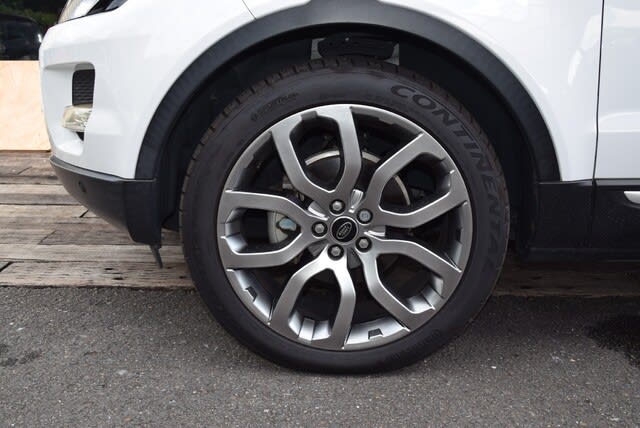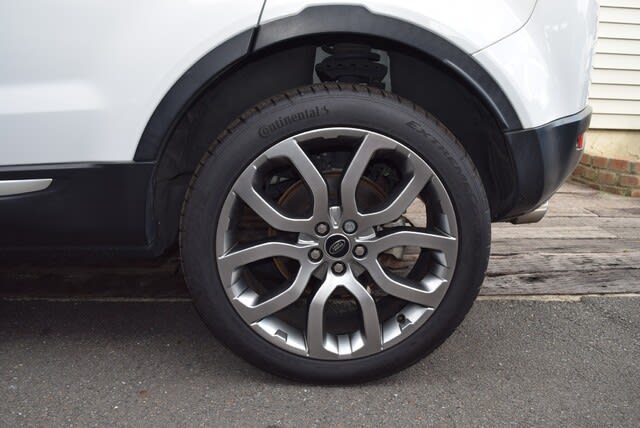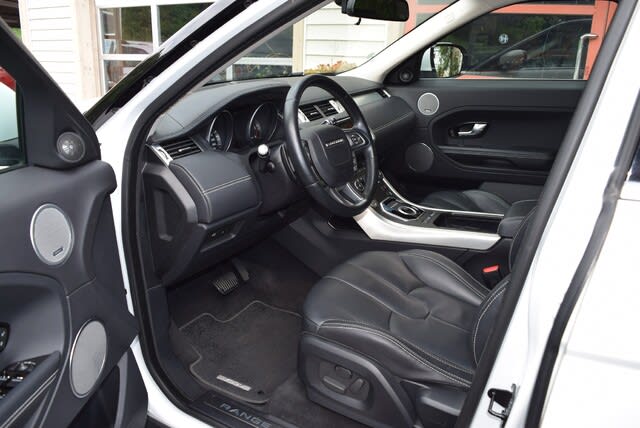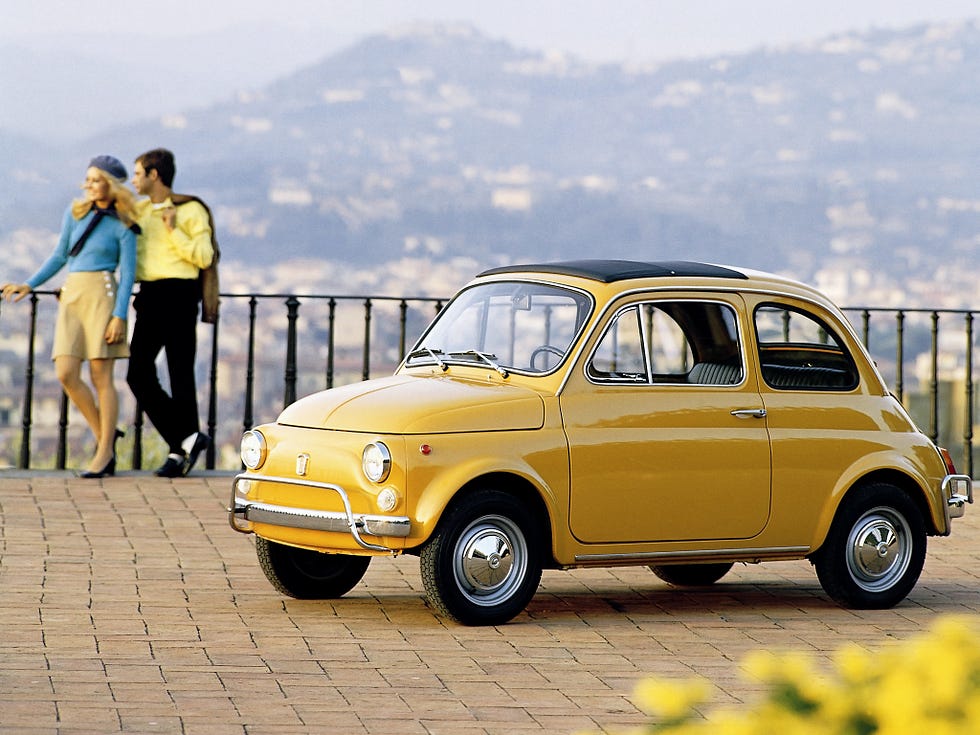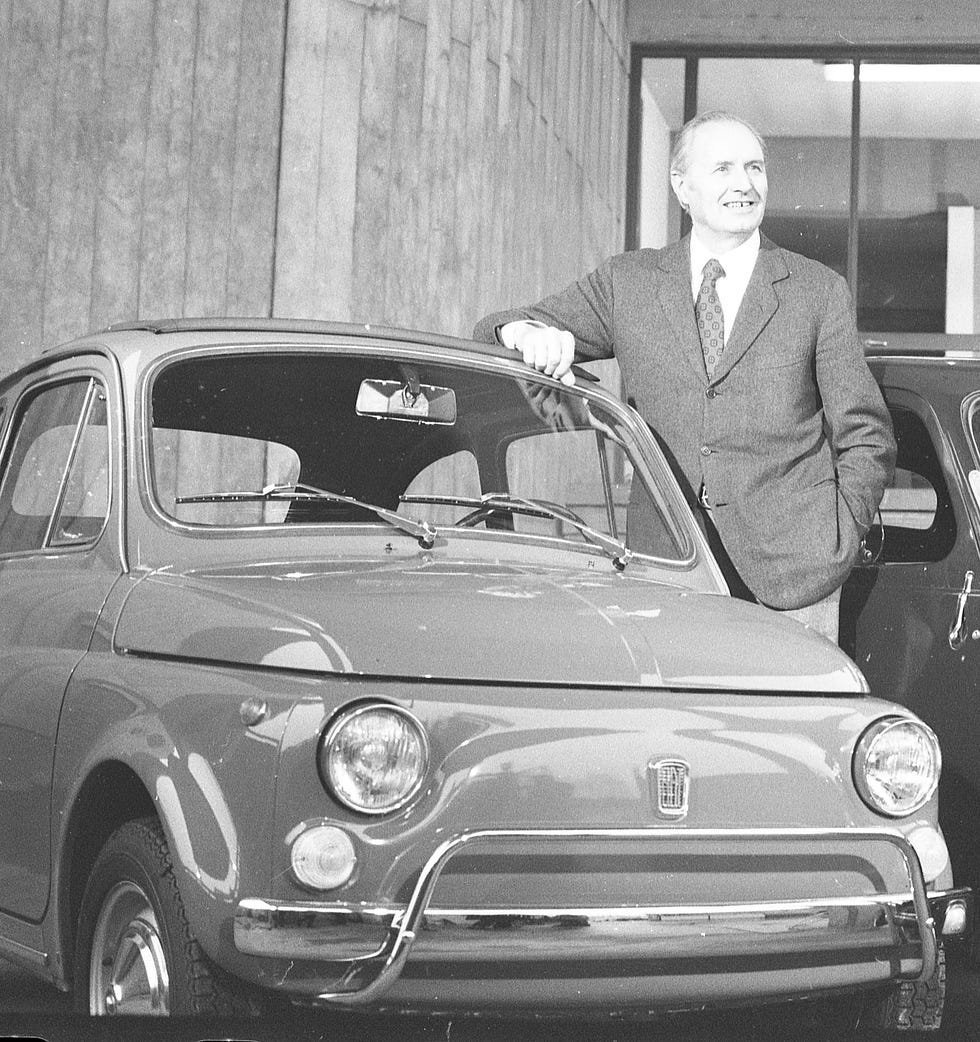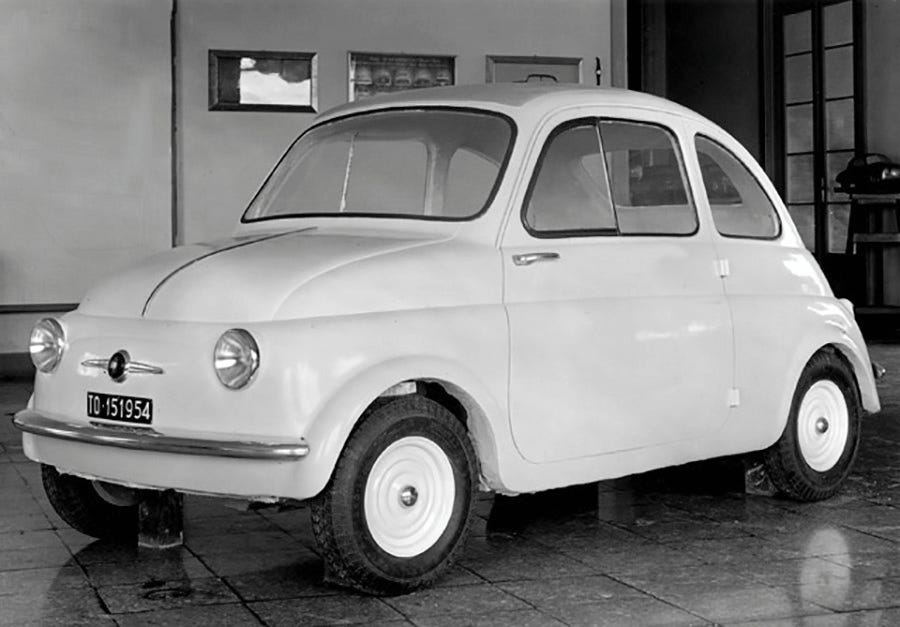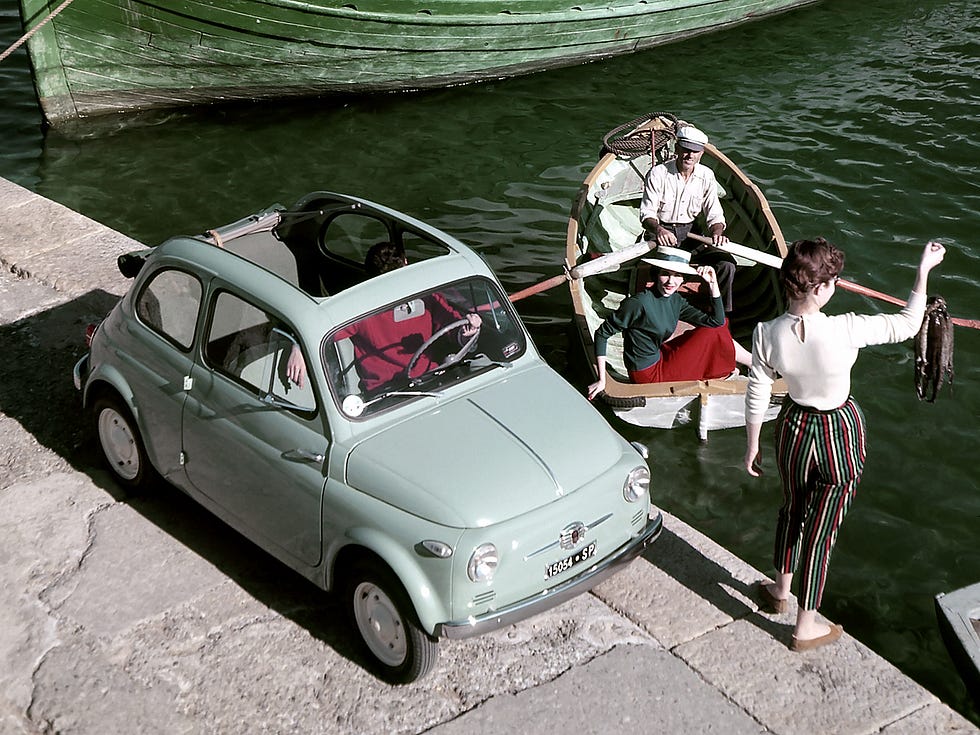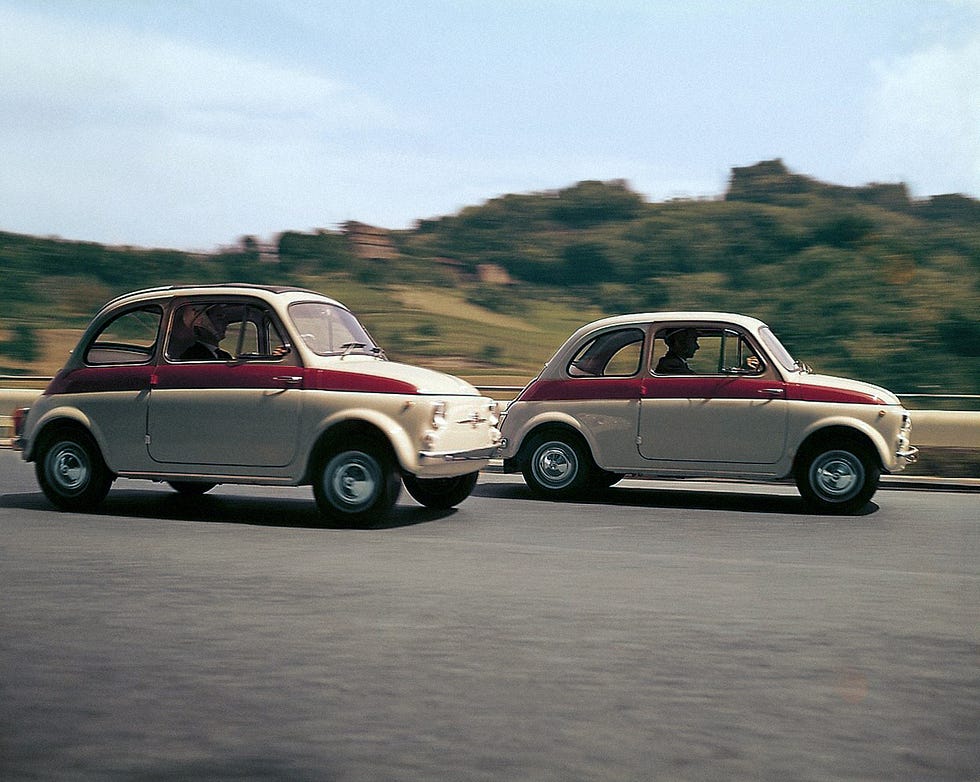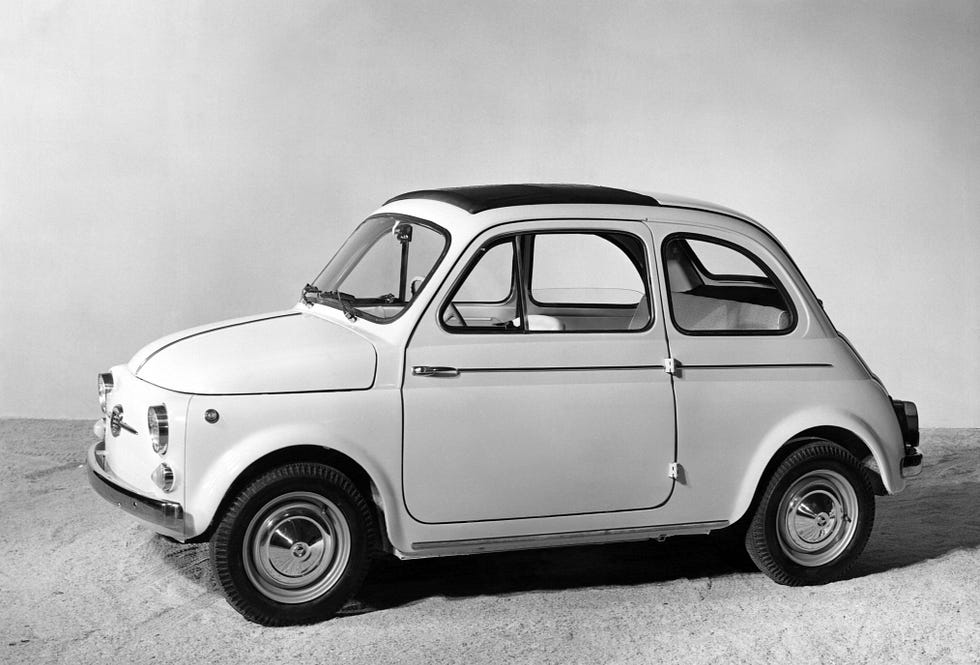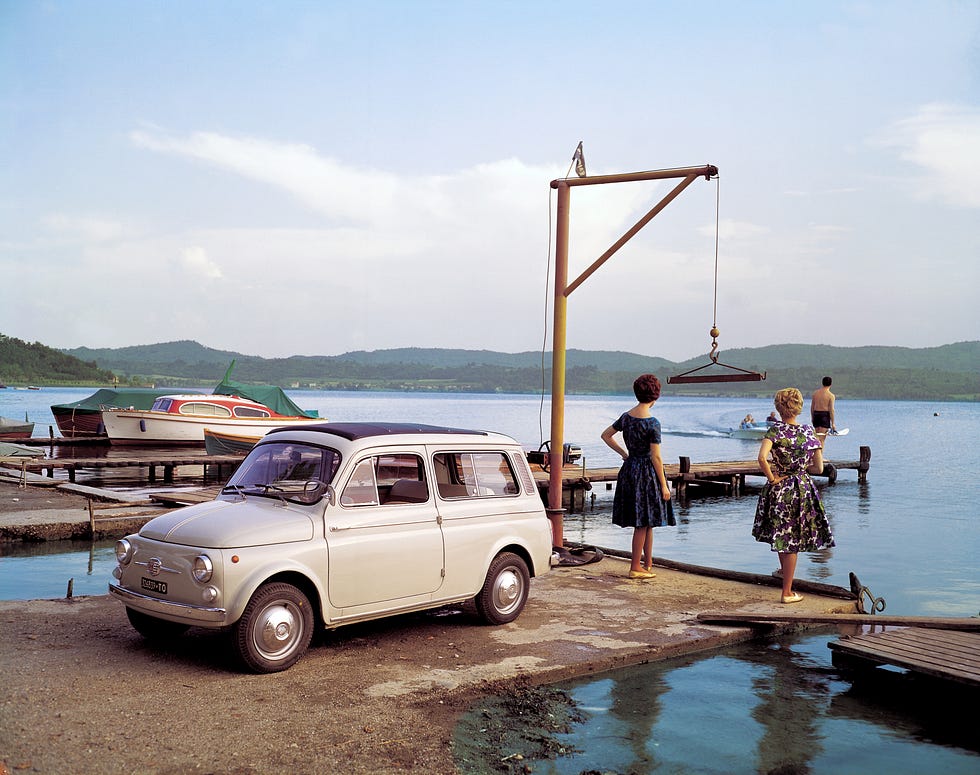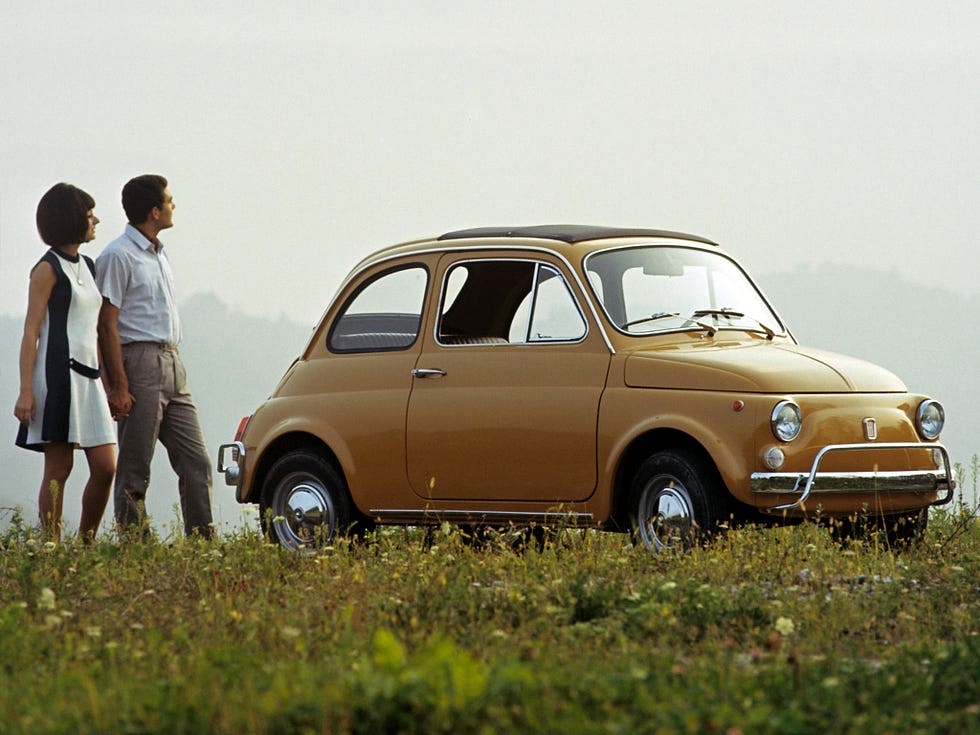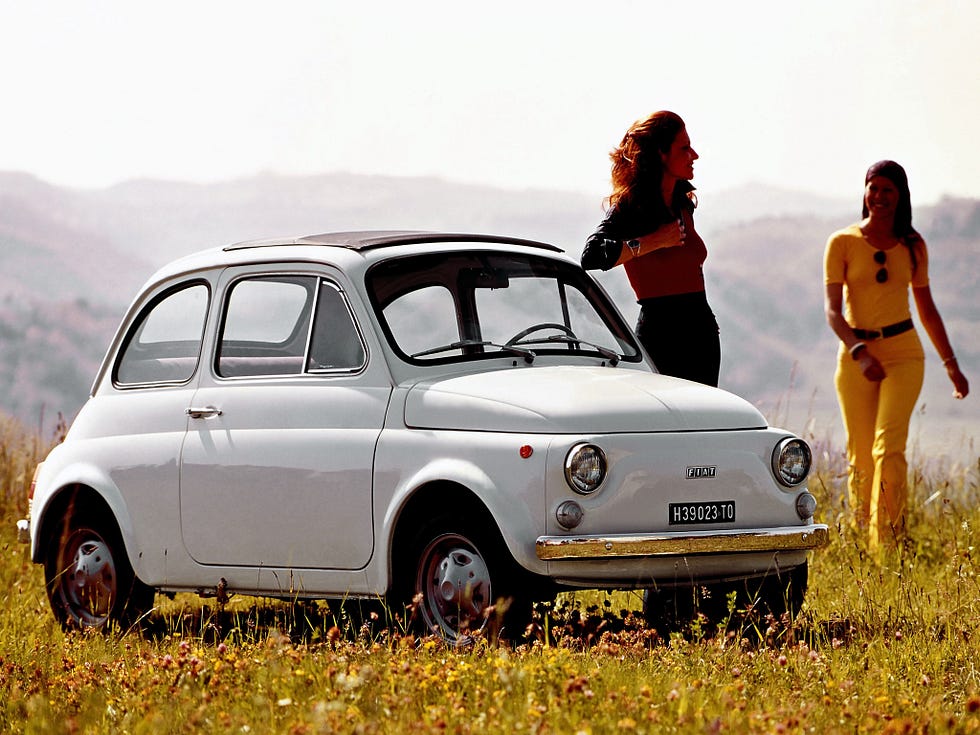The Story Of Alfa’s Violin
The classic Alfa Romeo V6 engine, nicknamed “Busso,” from his creator’s name, is so revered among enthusiasts that its presence under an Alfa’s bonnet often multiplies the car’s market value. Let’s go through the history of this legendary powerplant.
アルファのヴァイオリン物語
アルファロメオのV6エンジンは、開発者の名前から "ブッソ "という愛称で親しまれ、その存在によってクルマの市場価値が何倍にもなることがあるほど、愛好家の間で高く評価されています。ここでは、この伝説的なエンジンの歴史に迫ってみたい。
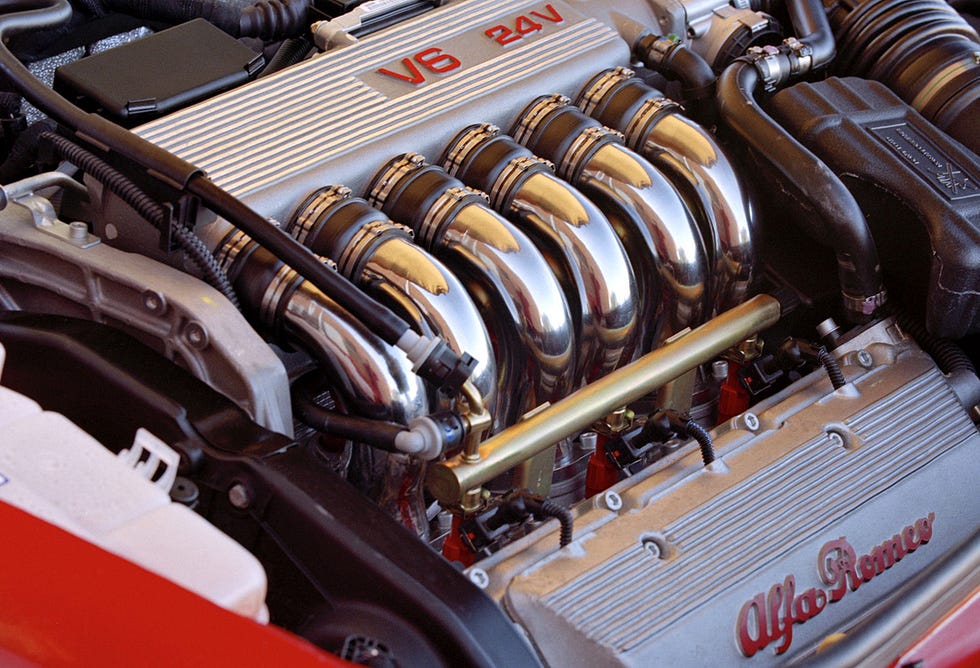
アルファロメオのV6(c. Wheelsage.org)
Genesis
This story starts in the late 1960s, a time of success and confidence for Alfa Romeo. With the Alfetta and Alfa 6 on the drawing board, a brand new engine was needed, especially for the larger saloon. The engineers wanted a compact, lightweight unit, leading to an aluminum 60° V6 engine, with a more modern and efficient cylinder head design than the firm’s existing twin-cam fours.
On the new V6, the two valves per cylinder had a much tighter angle between them to reduce thermal losses and have straighter inlet tracts. A single, belt-driven camshaft per cylinder bank directly operated the intake valves, while the exhaust valves were conducted by a rocker via a short pushrod.
ジェネシス
この物語は、アルファロメオが成功と自信に満ちていた1960年代後半に始まります。アルファロメオが成功を収め、自信を深めていた1960年代後半、AlfettaとAlfa 6が開発され、大型サルーン用に新型エンジンが必要とされました。コンパクトで軽量なユニットが求められ、既存のツインカム4気筒よりも近代的で効率的なシリンダーヘッド設計のアルミニウム製60°V6エンジンが開発されました。
新しいV6では、シリンダーごとに2つのバルブがより狭い角度で配置され、熱損失を低減し、吸気路をよりストレートにした。吸気バルブは1気筒あたり1本のベルト駆動カムシャフトが直接操作し、排気バルブは短いプッシュロッドを介してロッカーで伝導された。
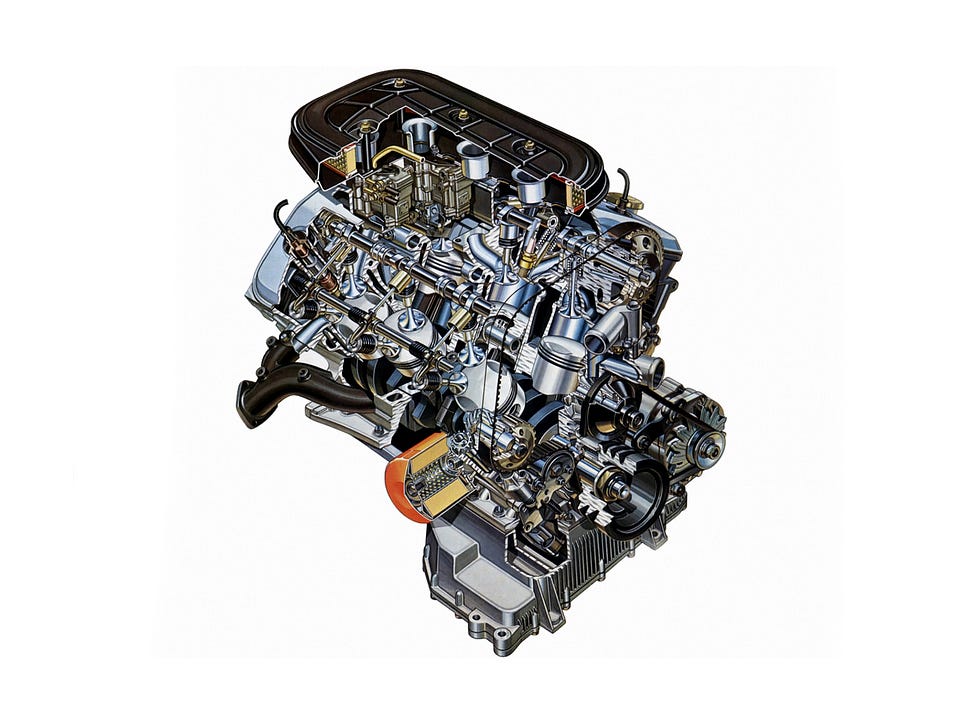
1979年に発売されたアルファロメオV6の初代モデル(c. Wheelsage.org)
Although the first V6 prototypes started running on test benches by 1968, the world wouldn’t get to hear “Arese’s Violin” for another decade.
The 1973 Oil Crisis took the whole automobile industry by storm, especially the small, financially weak Alfa Romeo. The flagship saloon Alfa 6 wouldn’t see the light until 1979, together with the 2,5 liters V6 designed for it.
1968年には最初のV6プロトタイプがテストベンチで走り始めたが、「アレーゼのバイオリン」を世に問うのは、さらに10年後のことだった。
1973年の石油危機は、自動車業界全体に嵐を巻き起こし、特に小規模で財政的に弱いアルファロメオは、その影響を大きく受けることになった。フラッグシップサルーンであるアルファ6は、そのために設計された2.5リッターV6とともに、1979年まで陽の目を見ることはないだろう。
Carbureted V6s 1979–1986
Although the choice of six Dell’ Orto FRPA 40 carburetors for the Alfa 6 engine may seem puzzling, the reason lay in the rudimentary fuel injection technology then available: no electronic fuel injection system could yet manage individual throttle bodies. Busso and the Alfa engineers were justifiably proud of their lusty engines and did not want to compromise the throttle response and drivability they wanted.
1983 saw the introduction of two more carbureted variants of the V6 engine, whose individual purposes could not be more different.
Between 1983 and 1987, a downsized 1996cc version of the V6 engine was made available on the Alfa 6 saloon to increase its sales potential in Italy. Meanwhile, in South Africa, the local Alfa Romeo branch, with help from Autodelta, built a limited run of 200 GTV6 equipped with a V6 enlarged to three liters to compete in the local touring car championship.
キャブレターV6 1979年~1986年
アルファ6エンジンに6基のデッロルトFRPA40キャブレターが採用されたのは不可解に思えるかもしれないが、その理由は当時の燃料噴射技術の初歩的なものにある。ブッソとアルファのエンジニアたちは、自分たちが作った強力なエンジンに誇りを持っており、彼らが求めるスロットルレスポンスとドライバビリティを妥協したくはなかったのだ。
1983年には、さらに2種類のキャブレター仕様のV6エンジンが導入されたが、それぞれの用途は全く異なるものであった。
1983年から1987年にかけては、V6エンジンのダウンサイジング版である1996ccがアルファ6サルーンに搭載され、イタリアでの販売力を高めた。一方、南アフリカでは、現地のアルファロメオ支店がオートデルタの協力を得て、V6を3リッターに拡大したGTV6を200台限定で生産し、現地のツーリングカー選手権に参戦している。
Fuel-Injected V6s 1980–1987
1980 saw the Busso V6 appear under the bonnet of the restyled Alfetta GT. The GTV6, thanks to the 158 HP of its fuel-injected 2.5 liters V6, soon becomes the car enthusiast’s darling, with its attractive combination of style, practicality, and performance.
フューエルインジェクションV6 1980~1987年
1980年、リモデルされたアルフェッタGTのボンネットにブッソV6が搭載された。2.5リッターV6を搭載し、158馬力を発揮したGTV6は、スタイル、実用性、性能を兼ね備えた魅力的なモデルとして、すぐにカーマニアの憧れの存在となった。
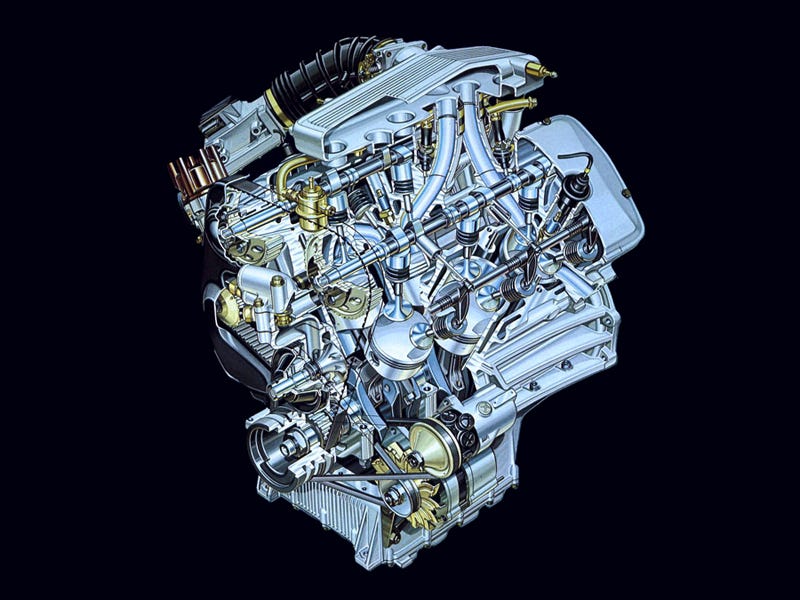
ボッシュのKジェトロニック燃料噴射装置を搭載した2.5 V6(c.Wheelsage.org)
This version of the Busso V6 then went into the restyled Alfa 6 saloon in 1983, the newly-launched 90 in 1984, and the 75 in 1985.
1986, the last year of Alfa Romeo as an independent carmaker, saw the introduction of the 90 two liters V6, equipped with Alfa Romeo’s own electronic fuel injection system, the CEM. Available exclusively on the Italian market, only around 1500 cars were sold.
このブッソV6バージョンはその後、1983年にモデルチェンジしたアルファ6サルーン、1984年に新発売された90、1985年に75に搭載された。
アルファロメオが独立した最後の年である1986年には、アルファロメオ独自の電子燃料噴射システムCEMを搭載した2リッターV6、90が登場した。イタリア市場のみで販売され、約1500台が販売された。
3.0 V6 1987–1998
The first three-liters “Busso” V6 entered mainstream production in February 1987, when the Alfa 75 3.0 V6 “America” was introduced. Meanwhile, Alfa’s all-new FWD flagship, the 164, was presented later that year, in September.
To make the Busso V6 fit under the 164’s bonnet line, the Alfa Romeo engineers redesigned the intake, moving the throttle body and plenum chamber towards the firewall… And that’s how those sexy, shiny inlet tracts were born! These would remain a staple of all transversely-installed Busso V6 engines, right until the end of production.
3.0 V6 1987-1998
最初の3リッターV6「ブッソ」は、1987年2月にアルファ75 3.0 V6 "アメリカ "が導入され、生産の主流となった。一方、アルファの新型FFフラッグシップ、164は同年末の9月に発表された。
ブッソV6を164のボンネットラインに収めるため、アルファロメオのエンジニアはインテークを再設計し、スロットルボディとプレナムチャンバーをファイアウォール側に移動させた...こうして、セクシーで輝くインレットトラクトが誕生したのである。この吸気管は、生産が終了するまで、横置きのブッソV6エンジンの定番となった。
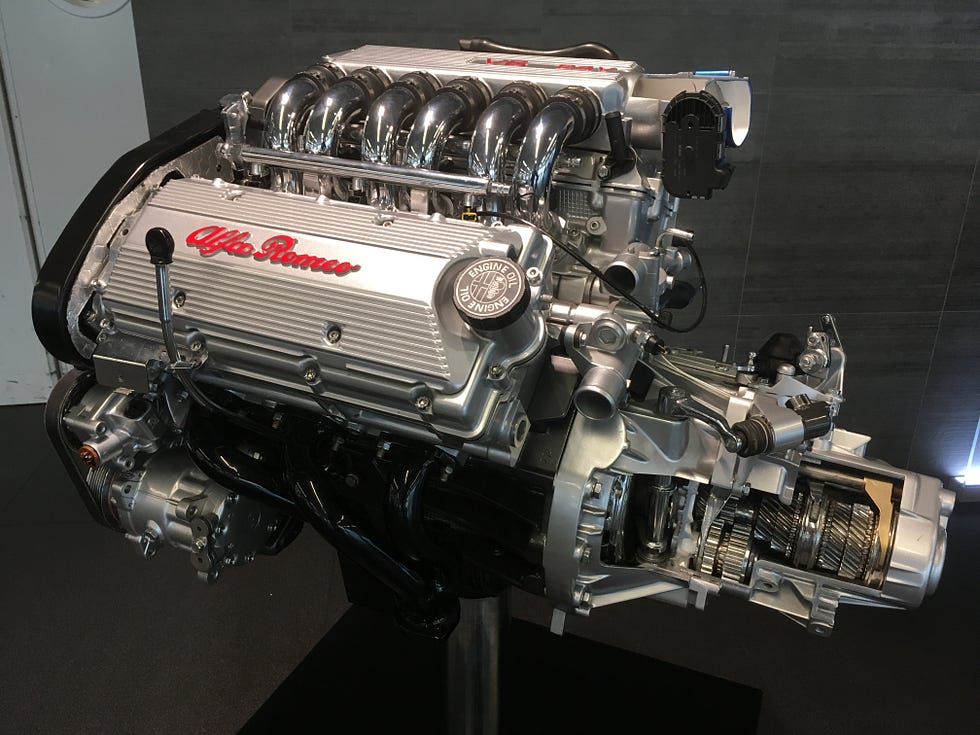
アレーゼ博物館に展示された後期24バルブ「ブッソ」V6(筆者撮影)
This 192 HP V6 would live on until 1998 under the “916” Spider’s bonnet, while the 164 switched to the newer 24v version from 1992, the same year a detuned Busso three-liters V6 found its way under the hood of the Lancia Thema, replacing the bought-in PRV unit the model used since ‘84.
The most powerful production version of the 12v three-liters Busso V6 was fitted to an exceptional Alfa Romeo, the SZ, presented in 1989. The engine used on the SZ derived from the unit used on the 75, with a higher compression ratio and a sharper cam profile to boost power up to 210 HP.
Meanwhile, a 2.5 liters unit derived from the 164’s three-liters V6 debuted in 1992 to power the newly-launched 155 saloon’s front wheels.
この192馬力のV6は、1998年まで916スパイダーのボンネットを飾っていたが、164は1992年から新しい24Vバージョンに切り替わり、同じ年にランチア・テーマのボンネットには、84年から使われていたPRVユニットに代わって、デチューンしたブッソの3リッターV6が搭載されるようになった。
12V型3リッターのブッソV6の最もパワフルな市販バージョンは、1989年に発表されたアルファロメオのSZに搭載された。SZに搭載されたエンジンは、75に搭載されたユニットをベースに圧縮比を高め、カム形状をシャープにして210馬力までパワーアップした。
一方、1992年には164の3リッターV6から派生した2.5リッターユニットがデビューし、新登場の155サルーンの前輪に搭載された。
V6 Turbo 1991–2000
Italian taxation penalized petrol engines over two liters of capacity, making the 164 V6 a forbidden fruit for many Italian Alfisti. Given over 50% of all Alfa Romeos were sold below the Alps, it’s easy to see why the company presented the 164 2.0 V6 Turbo in 1991.
While the exhaust note couldn’t match the glorious wail of the naturally-aspirated 3.0 liters unit, the two liters’ turbocharged cars often proved faster in real-world driving conditions. Very popular on the 164 and then on the GTV coupé, this punchy little beast of an engine was briefly offered on the 166 as well, before being discontinued upon the arrival of Euro 3 antipollution regulations.
V6ターボ 1991-2000年
イタリアの税制では2リッター以上のガソリンエンジンは罰則の対象となっており、164のV6は多くのイタリア人アルフィスティにとって禁断の存在となった。アルファロメオの50%以上がアルプス山脈以南で販売されていたことを考えると、1991年に164 2.0 V6ターボを発表した理由は容易に理解できるだろう。
排気音は自然吸気3.0リッターユニットの輝かしい咆哮には及ばないものの、2リッターのターボ車は実走行で速いことがしばしば証明された。164とGTVクーペに搭載され人気を博したこのエンジンは、一時166にも搭載されたが、ユーロ3公害規制の到来とともに廃止された。
24 Valve V6s 1992–2005
The most significant chapter in the Alfa Romeo V6 engine evolution has undoubtedly been the adoption of four valves per cylinder in 1992. The new cylinder heads were designed according to the latest technology trends, with a yet narrower angle between the intake and exhaust valves for a more compact, thermally efficient combustion chamber.
24バルブV6 1992-2005年
アルファロメオのV6エンジンの進化で最も重要なのは、1992年に採用された4バルブ化であろう。最新の技術トレンドに合わせて設計された新しいシリンダーヘッドは、吸排気バルブの角度をさらに狭め、よりコンパクトで熱効率の高い燃焼室を実現した。
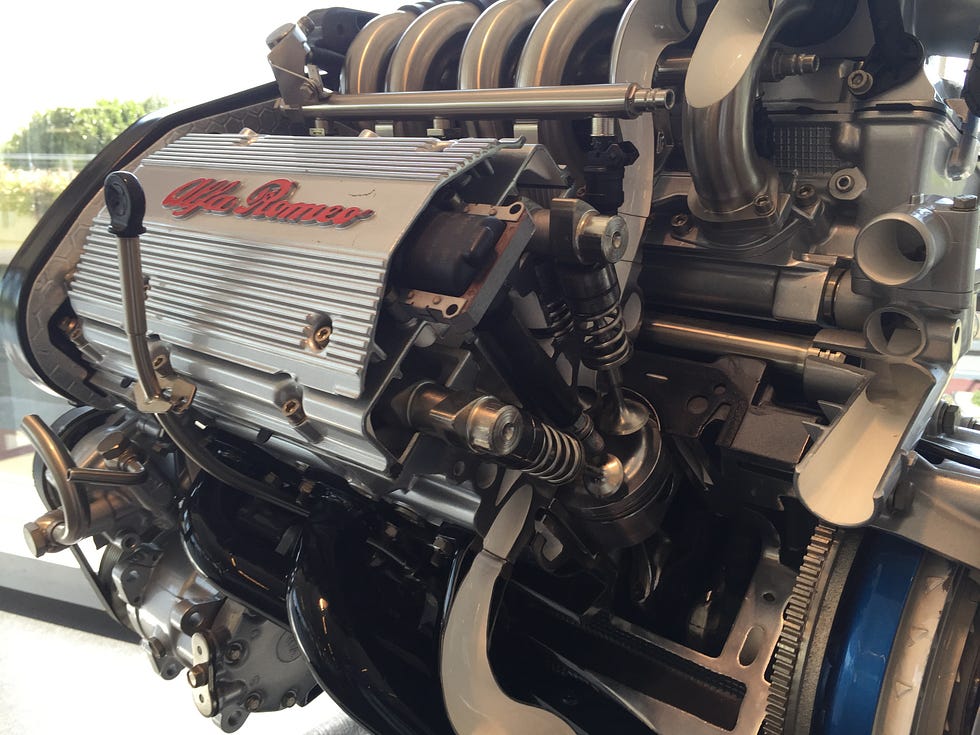
アレーゼ美術館に展示された「ブッソ」V6 24バルブの断面図(筆者撮影)
The four valves per cylinder were now directly operated by two belt-driven overhead camshafts per bank. Ignition cables were gone and replaced by a modern direct ignition system with a coil per each spark plug. Those spark plugs were higher-quality items with platinum inserts to reduce maintenance costs, expected to last 100.000 Km.
Although the unit fitted to the stunning Proteo concept car of 1991 packed a claimed 260 HP, the production engine output ranged from the 204 HP on the Lancia Kappa to the 232 seen on the 164 Quadrifoglio Verde and the later Q4.
1気筒あたり4つのバルブは、1バンクあたり2つのベルト駆動式オーバーヘッドカムシャフトによって直接作動するようになった。イグニッションケーブルは廃止され、各スパークプラグにコイルを装着した最新のダイレクトイグニッションシステムに変更された。スパークプラグはメンテナンスコスト削減のため、プラチナインサートを施した高品質なもので、10万キロの耐久性が期待される。
1991年に発表されたコンセプトカー、プロテオに搭載されたユニットは260馬力を誇ったが、市販エンジンの出力はランチア・カッパの204馬力から164クアドリフォリオ・ヴェルデや後期のQ4に見られる232馬力までと幅がある。
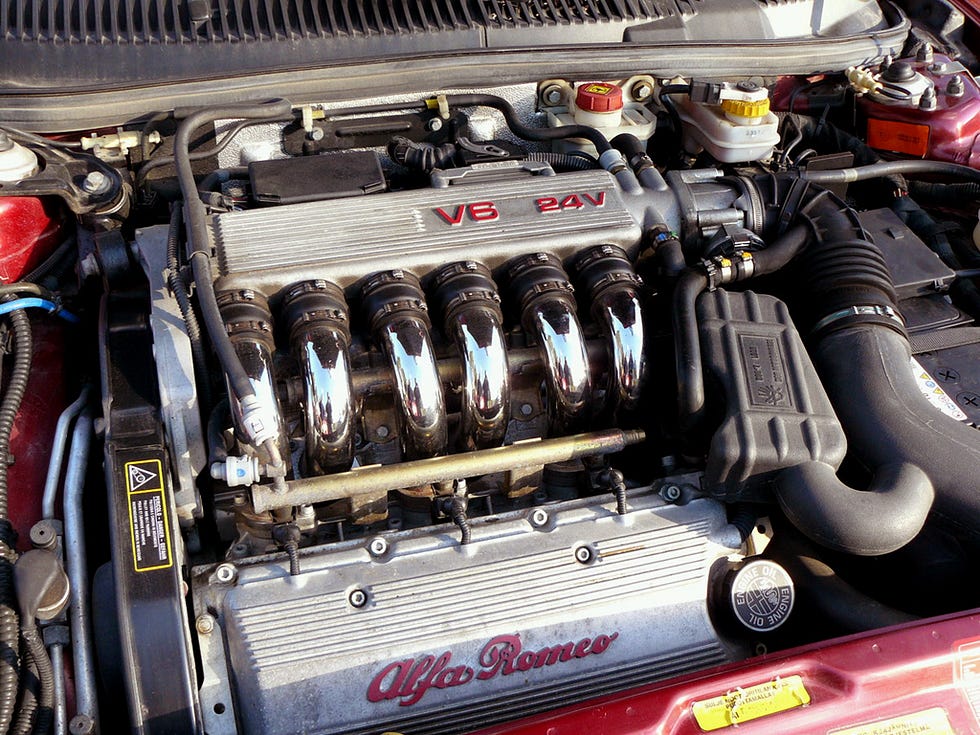
アルファロメオ156に搭載された2.5リッター24バルブエンジン(c. Wheelsage.org)
1997 saw the debut of one of Alfa Romeo’s greatest commercial successes, the stunningly beautiful 156, whose range-topping model came equipped with the sweet 2.5 liters V6 engine, which packed 190 HP thanks to the new 24 valve cylinder heads.
The Busso three-liters V6 was also briefly available on the unsuccessful Lancia Thesis between 2001 and 2003.
1997年には、アルファロメオの商業的成功のひとつである、驚くほど美しい156がデビューし、そのレンジトップモデルには、新しい24バルブシリンダーヘッドによって190馬力を発揮する甘い2.5リッターV6エンジンが搭載された。
ブッソの3リッターV6エンジンは、2001年から2003年にかけて、不発に終わったランチア・テージスにも一時的に搭載されたことがある。
The Last Hurrah
Automobile production at the historic site of Arese ended in 2000, leaving the Busso V6 production line as the last remaining activity in the old factory, a place whose fate had already been decided, around 100 Kms away in Turin, by Fiat’s top brasses.
For the embattled Italian conglomerate, whose fortunes had been steadily declined over the 1990s, the Milanese V6 now was a residual program, with no future and for which no development money was going to be spent. Until the 156 GTA program gave the Alfa V6 a chance for a last hurrah, one more moment to shine before the end.
最後の砦
歴史あるアレーゼ工場での自動車生産は2000年に終了し、ブッソV6の生産ラインは、100kmほど離れたトリノにあるフィアットのトップによってすでに運命が決められた旧工場に残された最後の活動として残された。
1990年代以降、経営難に陥ったイタリアのコングロマリットにとって、ミラノV6は将来性のない、開発費もかけられない残り物だったのだ。しかし、156GTAがアルファV6に最後の輝きを与えてくれた。

「ブッソ」V6の最終形態(c. wikimedia commons)
The increment in displacement to 3179cc was achieved through a new crankshaft with a longer stroke, while the cylinder’s bore remained unchanged. The same 3179cc, 250HP engine equipped the 147 GTA, introduced shortly after.
From 2003 onwards, a slightly detuned version of the 3.2 liters V6 replaced the three-liters engine throughout the Alfa Romeo range, from the GTV to the 166, and on the Lancia Thesis. However, the last model to ever be powered by a Busso V6 has been Bertone’s Alfa Romeo GT coupé.
Cars equipped with 3.2 V6 engines were reportedly assembled as late as 2010, although the final batch of engines left Arese on December the 31st, 2005.
In a sad but rather fitting coincidence, Giuseppe Busso himself died aged 92 just a few days later, on the 3rd of January 2006.
3179ccへの排気量アップは、シリンダーボアはそのままに、ロングストローク化された新型クランクシャフトによって達成された。同じ3179cc、250馬力のエンジンは、直後に発売された147GTAにも搭載された。
2003年以降、GTVから166まで、そしてランチア・テージスまで、アルファロメオの全モデルで3リッターエンジンに代わり、わずかにデチューンされた3.2リッターV6が搭載されるようになった。しかし、ブッソV6を搭載した最後のモデルは、ベルトーネのアルファロメオGTクーペである。
3.2V6エンジンを搭載した車両は2010年まで製造されたというが、2005年12月31日にアレーゼから最後のロットが出荷された。
その数日後の2006年1月3日、ジュゼッペ・ブッソ自身が92歳でこの世を去っているのは、悲しいことではあるが、まさに奇遇としか言いようがない。
引用サイト:https://medium.com/roadster-life/the-story-of-alfas-violin-db1796bb5a64
~DeepLで翻訳しました~
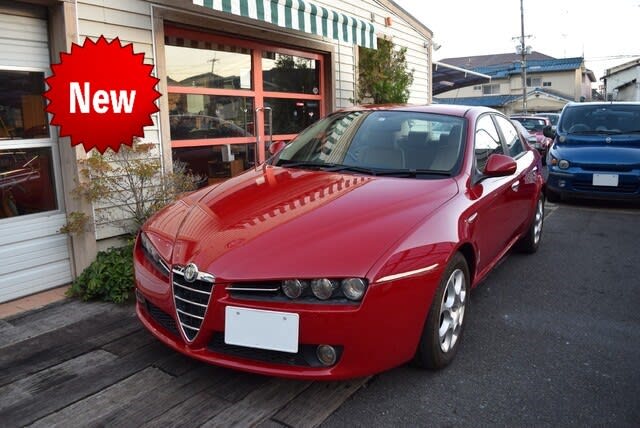






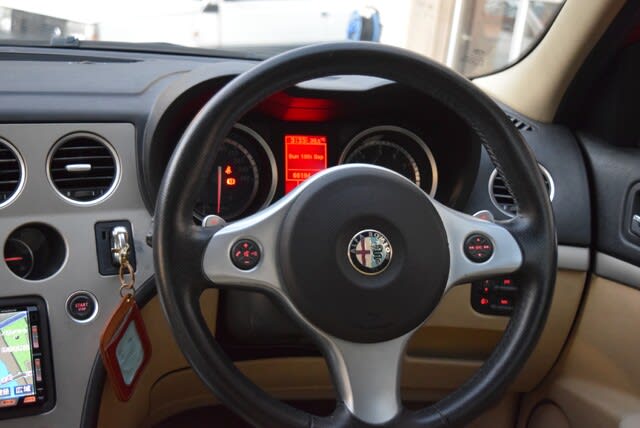























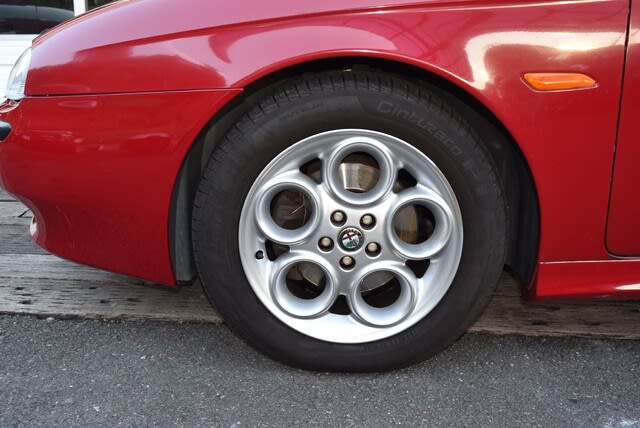
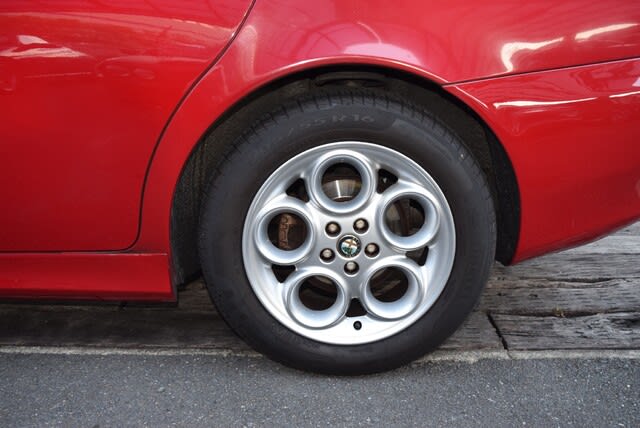
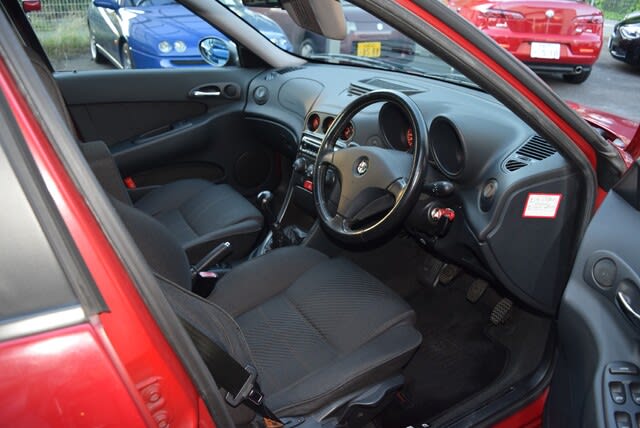



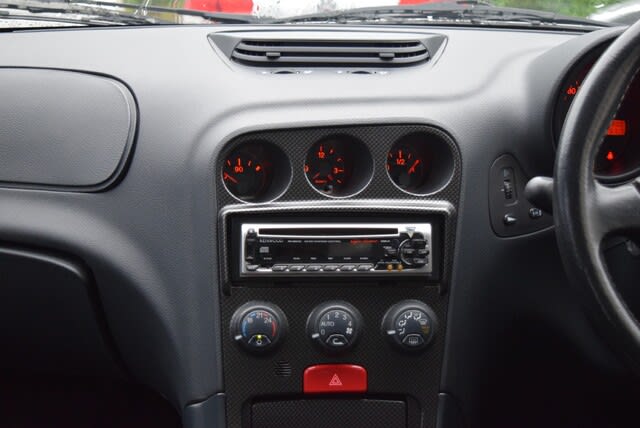




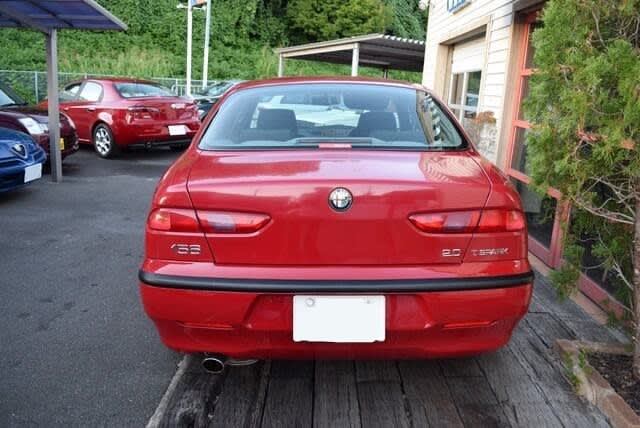



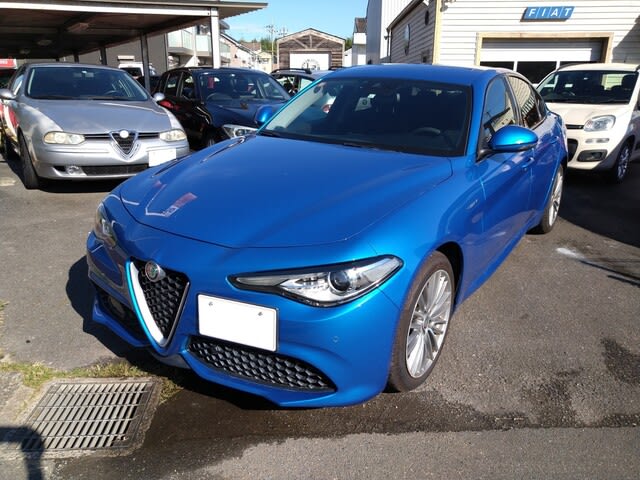






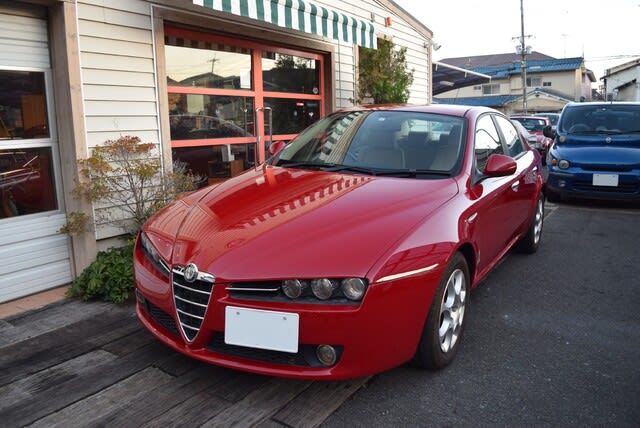


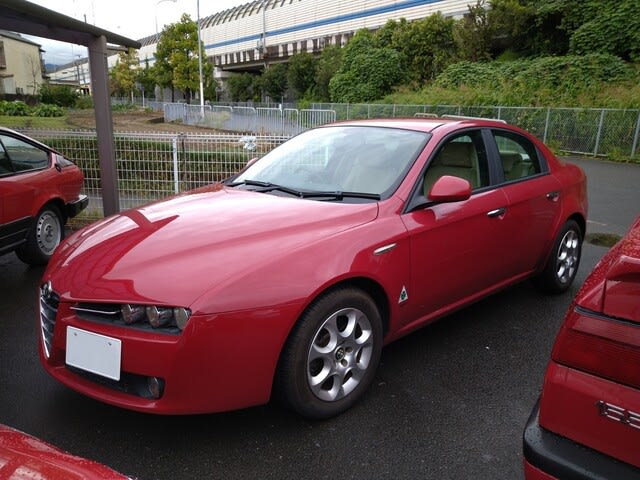
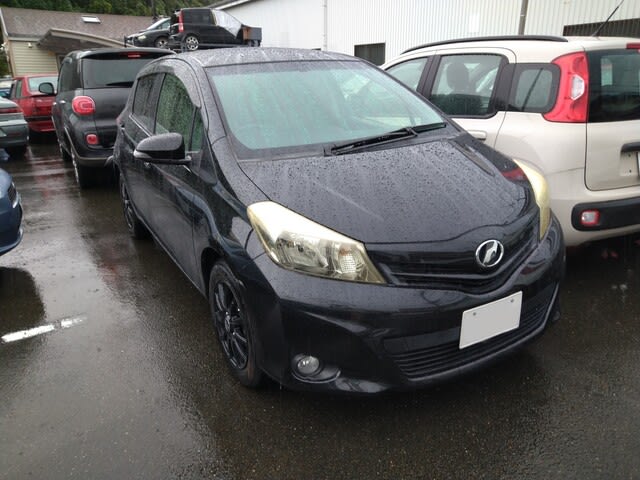



 )朝9時過ぎの撮影
)朝9時過ぎの撮影
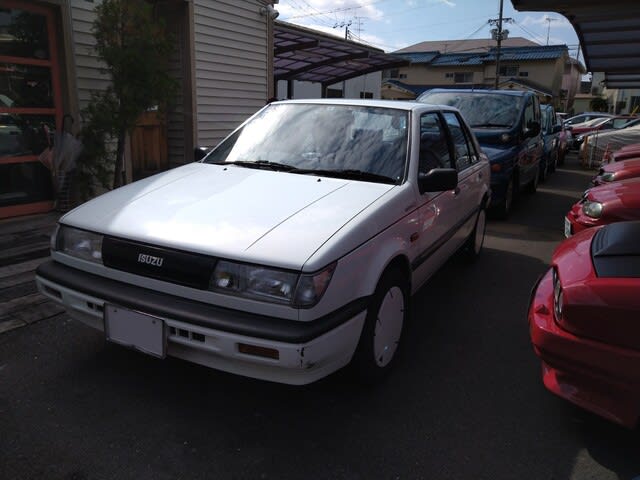



 )
)































